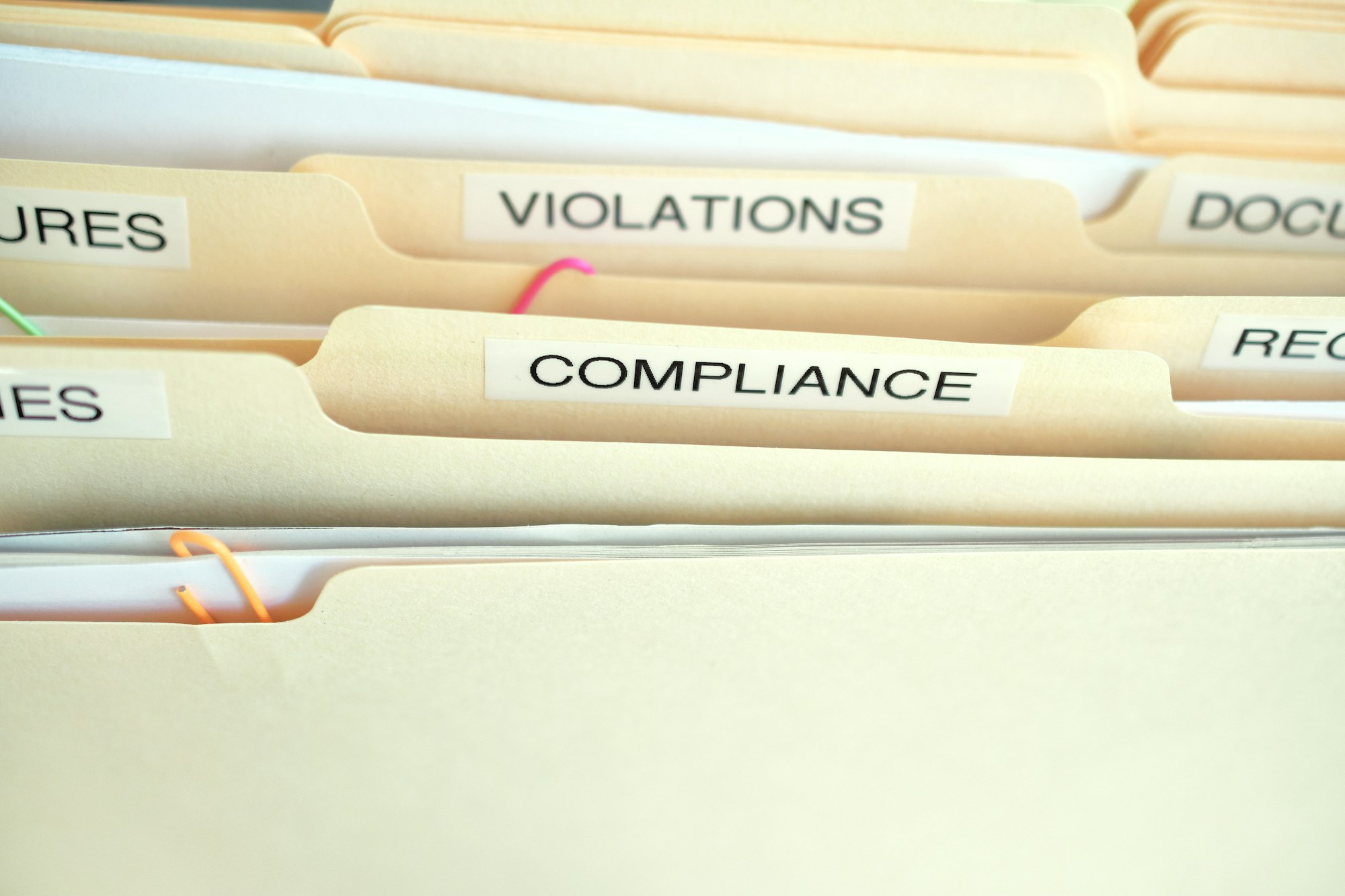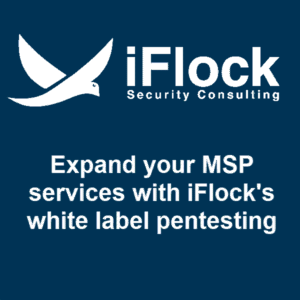No products in the cart.

Navigating Compliance Challenges in Technology-Enhanced Operations
Author: MSPAA
In an era where technology permeates every aspect of business operations, the need for stringent compliance has never been more paramount. Navigating Compliance is not merely about checking off boxes; it is an essential framework to protect organizations from both external threats and internal vulnerabilities. Through this lens, let’s unravel the complexities of compliance in technology-enhanced environments.
Data Privacy and Security
In the digital world, data is akin to currency. Breaches of data privacy and security can lead to significant reputational damage, legal repercussions, and financial losses. The implementation of robust data protection measures is non-negotiable. Organizations must encrypt sensitive information, apply rigorous access controls, and harness advanced cybersecurity technologies to safeguard customer data.
Businesses must align with frameworks such as the General Data Protection Regulation (GDPR) and other jurisdictional legislation that govern data protection. Additionally, creating a culture of security awareness across all levels of staff is instrumental in reinforcing the organization’s defensive posture against data breaches.
Technology Risks and Compliance
Technology is a double-edged sword, offering immense benefits yet bringing potential compliance challenges. Infractions can result from inadequate software licensing management, non-adherence to industry standards, or failure to maintain systems at their optimal security configurations.
To mitigate these risks, businesses must embed compliance into their technology strategy. Regular compliance audits and vulnerability assessments should be instituted to ensure continual alignment with established IT governance frameworks. Moreover, integrating end-to-end compliance management systems can streamline oversight and ensure a defensible compliance posture.
Regulatory Compliance
With a labyrinth of regulations evolving at an ever-quickening pace, regulatory compliance is a moving target. Companies must establish mechanisms to remain abreast of changing regulations and adjust their policies and systems accordingly.
Proactive engagement with regulatory bodies and the adoption of compliance as a competitive advantage can position organizations to anticipate regulatory shifts. Compliance officers should become trusted advisors within the organization, interpreting regulatory language into actionable business intelligence.
Federal Fines
The consequences of non-compliance can extend well beyond the realms of operational disruption—it can culminate in imposing fines imposed by federal agencies. Non-compliance can signal negligence, inviting scrutiny from authorities and damaging the entity’s credibility.
Organizations should implement a preemptive approach to compliance—internal controls, regular training on regulatory changes, and an ingrained compliance ethos within a corporate culture are crucial in averting the financial pitfalls associated with federal fines.
Conclusion
Prioritizing compliance in technology-enhanced operations is not a mere choice; it is a business imperative. It requires diligence, foresight, and a strategic approach to protect the organization’s integrity and value. By deploying the strategies discussed—enhanced data protection, proactive risk management, up-to-date regulatory knowledge, and preventive measures against federal fines—businesses can navigate the treacherous waters of compliance with due diligence and strategic acumen.
In summary, staying ahead of compliance challenges calls for a concerted, multi-faceted approach, ingraining compliance awareness into the fabric of technology operations. It is through this commitment to excellence in compliance that businesses can secure their operational eff, privacy and foster long-term, sustainable growth.



